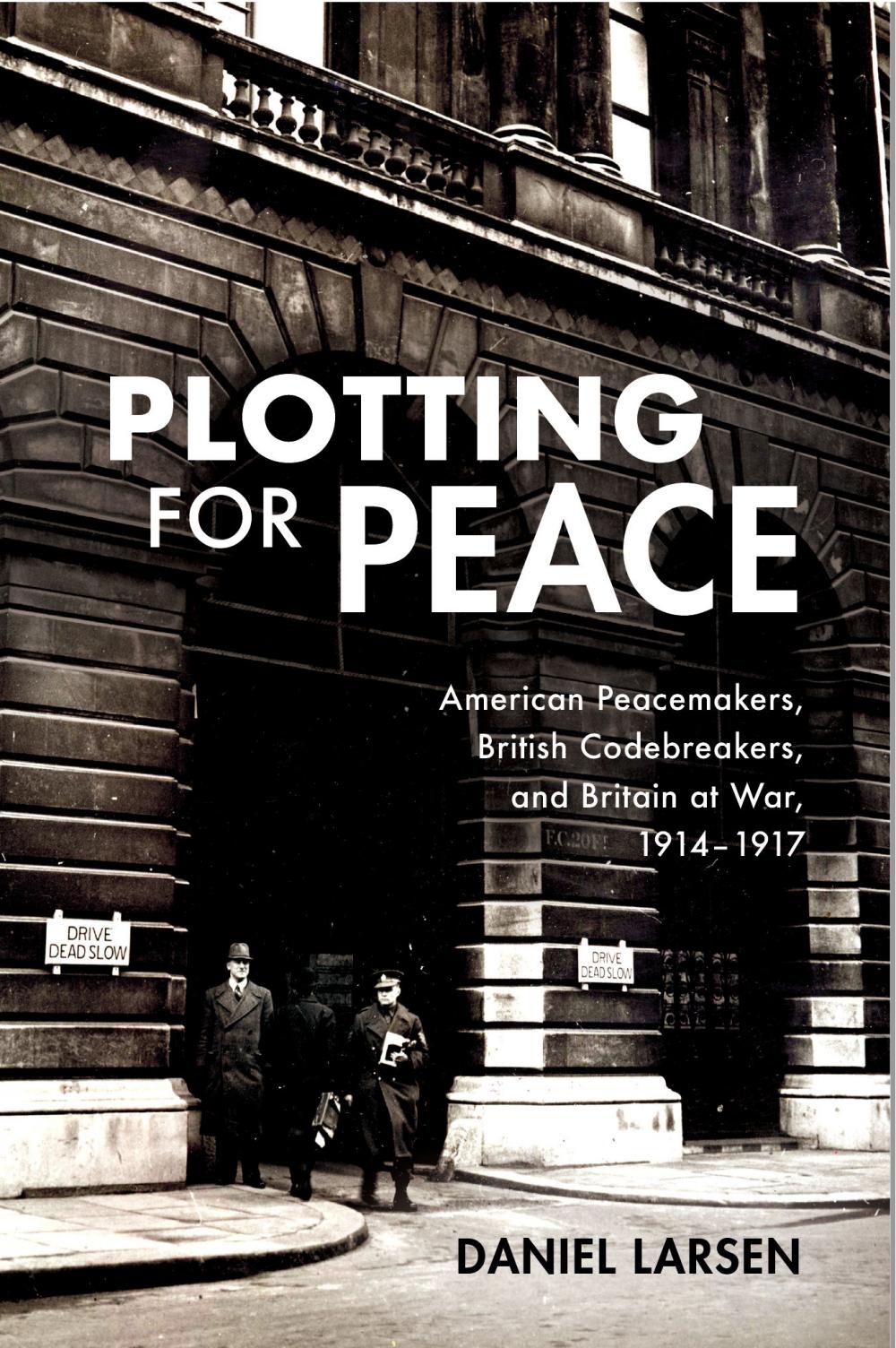Plotting for Peace
Cambridge University Press 2021
Image

U.S. President Woodrow Wilson presided over the ascendancy of the United States onto the global stage against a backdrop of British decline. This book shows how some British leaders in the First World War accepted that this transformation had happened, facing up frankly to the fact that they had created a war effort that depended hugely on the U.S. economy. As the British rapidly burned through their financial reserves in the United States, and as New York financial markets refused to come to their aid, the Allied war effort by 1917 lay wholly in Wilson’s hands—hands that had been determined to force a negotiated peace. With some British leaders fearing their war effort doomed without the Americans, they came to favour a Wilson-led negotiated peace as the best possible outcome. Wilson came meaningfully closer to successfully organizing a mid-war peace conference than anyone has realized.
Wilson’s foreign policy was predicated on Europeans understanding the immense power that the United States could bring to bear. While some European leaders did, many did not. A second faction in the British leadership refused to accept that the United States had displaced the British Empire as the world’s key power. Supported by a politicized British intelligence—which was reading all of Wilson’s transatlantic telegrams and selectively deploying these decrypts—this second faction rejected Wilson’s peace efforts out of hand. In thrall to delusions of British grandeur, they insisted that Britain was invulnerable to U.S. pressure. They were wrong, and their blitheness made their pro-Wilson opponents within the government increasingly frantic with worry. But the British were rescued by Germans in thrall to similar delusions: Germany sank U.S. ships and brought Wilson to war just as the British economic effort in the United States reached the brink of exhaustion.
Wilson’s foreign policy was predicated on Europeans understanding the immense power that the United States could bring to bear. While some European leaders did, many did not. A second faction in the British leadership refused to accept that the United States had displaced the British Empire as the world’s key power. Supported by a politicized British intelligence—which was reading all of Wilson’s transatlantic telegrams and selectively deploying these decrypts—this second faction rejected Wilson’s peace efforts out of hand. In thrall to delusions of British grandeur, they insisted that Britain was invulnerable to U.S. pressure. They were wrong, and their blitheness made their pro-Wilson opponents within the government increasingly frantic with worry. But the British were rescued by Germans in thrall to similar delusions: Germany sank U.S. ships and brought Wilson to war just as the British economic effort in the United States reached the brink of exhaustion.
Page credits & information
Larsen, Daniel. Plotting for Peace : American peacemakers, British codebreakers and Britain at war, 1914-1917. Cambridge University Press. 2021.
